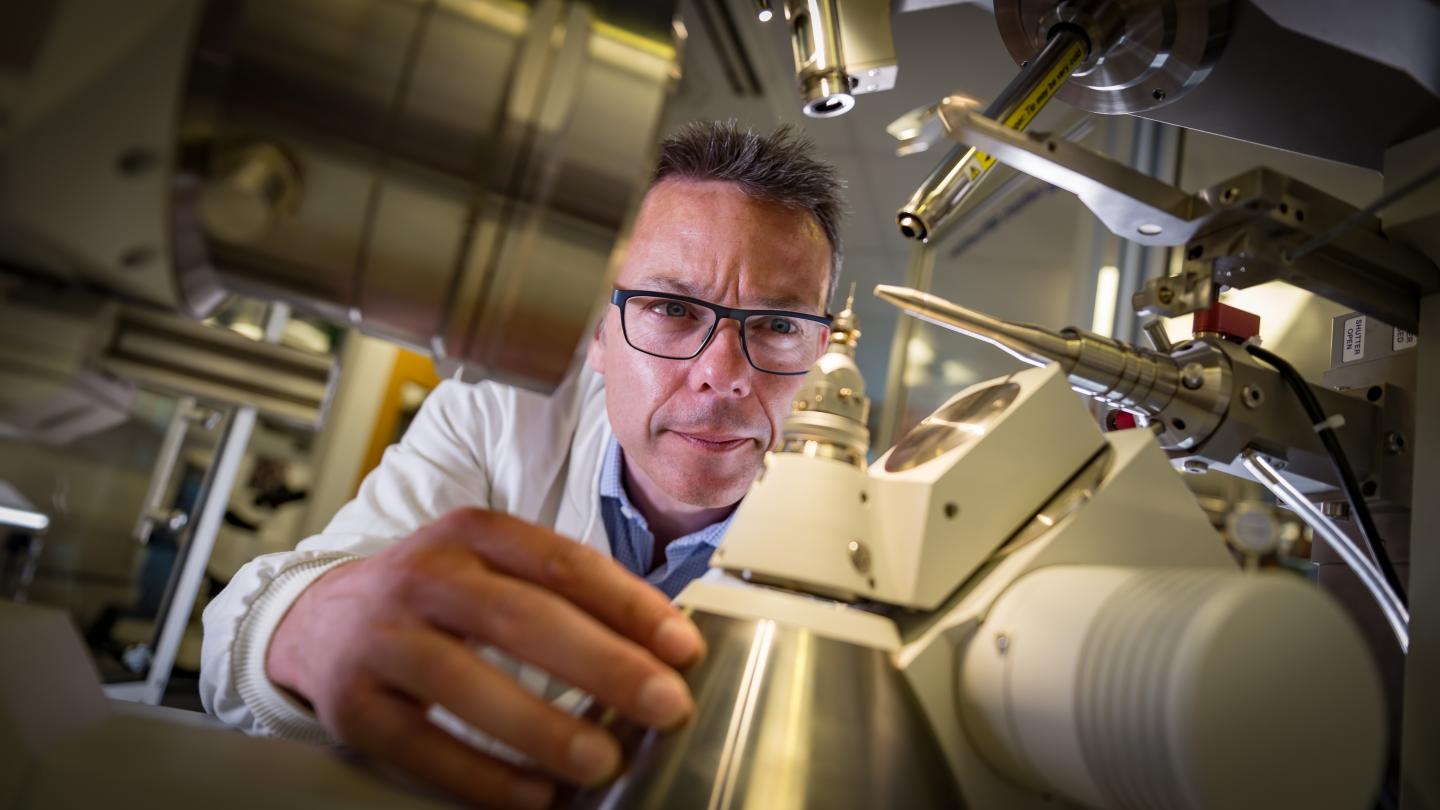
Credit: Stefan Venter, UPIX Photography
A new family of enzymes has been engineered to perform one of the most important steps in the conversion of plant waste into sustainable and high-value products such as nylon, plastics and chemicals.
The discovery was led by members of the same UK-US enzyme engineering team that, last year, engineered and improved a plastic-digesting enzyme, a potential breakthrough for the recycling of plastic waste. (Link)
The study, published in the journal Proceedings of the National Academy of Sciences, was led by Professor Jen Dubois at Montana State University, Dr Gregg Beckham at the US Department of Energy’s National Renewable Energy Laboratory (NREL), Professor Ken Houk at the University of California, Los Angeles together with Professor John McGeehan’s team at the University of Portsmouth.
The newly engineered enzyme is active on lignin – one of the main components of plants, which scientists have been trying for decades to find a way of breaking down efficiently.
Professor McGeehan, Director of the Centre for Enzyme Innovation in the School of Biological Sciences at Portsmouth, said: “This is our goal – to discover enzymes from nature, bring them into our laboratories to understand how they work, then engineer them to produce new tools for the biotechnology industry. In this case, we have taken a naturally occurring enzyme and engineered it to perform a key reaction in the breakdown of one of the toughest natural plant polymers.
“To protect their sugar-containing cellulose, plants have evolved a fascinatingly complicated material called lignin that only a small selection of fungi and bacteria can tackle. However, lignin represents a vast potential source of sustainable chemicals, so if we can find a way to extract and use those building blocks, we can create great things.”
Lignin acts as scaffolding in plants and is central to water-delivery. It provides strength and also defence against pathogens.
“It’s an amazing material,” Professor McGeehan said, “cellulose and lignin are among the most abundant biopolymers on earth. The success of plants is largely due to the clever mixture of these polymers to create lignocellulose, a material that is challenging to digest.”
Current enzymes tend to work on only one of the building blocks of lignin, making the breakdown process inefficient. Using advanced 3D structural and biochemical techniques the team has been able to alter the shape of the enzyme to accommodate multiple building blocks. The results provide a route to making new materials and chemicals such as nylon, bioplastics, and even carbon fibre, from what has previously been a waste product.
The discovery also offers additional environmental benefits – creating products from lignin reduces our reliance on oil to make everyday products and offers an attractive alternative to burning it, helping to reduce CO2 emissions.
The research team was made up of an international team of experts in structural biology, biochemistry, quantum chemistry and synthetic biology at the Universities of Portsmouth, Montana State, Georgia, Kentucky and California, and two US national laboratories, NREL and Oak Ridge.
Dan Hinchen, a postgraduate student at the University of Portsmouth said: “We used X-ray crystallography at the Diamond Light Source synchrotron to solve ten enzyme structures in complex with lignin building blocks. This gave us the blueprint to engineer an enzyme to work on new molecules. Our colleagues were then able to transfer the DNA code for this new enzyme into an industrial strain of bacteria, extending its capability to perform multiple reactions.”
Professor McGeehan said: “We now have proof-of-principle that we can successfully engineer this class of enzymes to tackle some of the most challenging lignin-based molecules and we will continue to develop biological tools that can convert waste into valuable and sustainable materials.”
###
The research was jointly funded by the Biotechnology and Biological Sciences Research Council (BBSRC), National Science Foundation (NSF), and the DOE EERE Bioenergy Technologies Office. The 3D enzyme structures that underpinned this work were solved at the Diamond Light Source, the UK’s national synchrotron science facility in Oxford.
Media Contact
Glenn Harris
[email protected]
Related Journal Article
http://dx.



